18 pages • 36 minutes read
AnonymousDo Not Stand at My Grave and Weep
Fiction | Poem | Adult | Published in 1930A modern alternative to SparkNotes and CliffsNotes, SuperSummary offers high-quality Study Guides with detailed chapter summaries and analysis of major themes, characters, and more.
Literary Devices
Form and Meter
“Do Not Stand at My Grave and Weep” maintains a regular iambic tetrameter line (consisting of four iambic feet) throughout, except for the first and last couplets, which break at midpoint into two dimeter lines (consisting of two feet) each. “Do Not Stand at My Grave and Weep” rhymes in couplets, again except for Lines 1-4 and Lines 13-16, which rhyme ABXB. The poem’s misattribution to Emily Dickinson may come from its tetrameter, its use of dashes to punctuate, and its subject and imagery. Dickinson more often composed in hymnal stanza, which uses alternating rhyme and line lengths.
Numerous sources refer to the poem as a sonnet. No version of the poem is a sonnet, though one of the many versions produced by Mary Frye does have 16 lines. None of the shorter versions can be considered a curtal sonnet; curtal sonnets follow a Petrarchan rhyme pattern, only with fewer lines. The original printing of “Do Not Stand at My Grave and Weep” as “Immortality” has 16 lines—essentially 12 tetrameter lines, with the first and last couplets broken into four lines in order to create dramatic space visually and orally.
Related Titles
By Anonymous

Arabian Nights
Anonymous
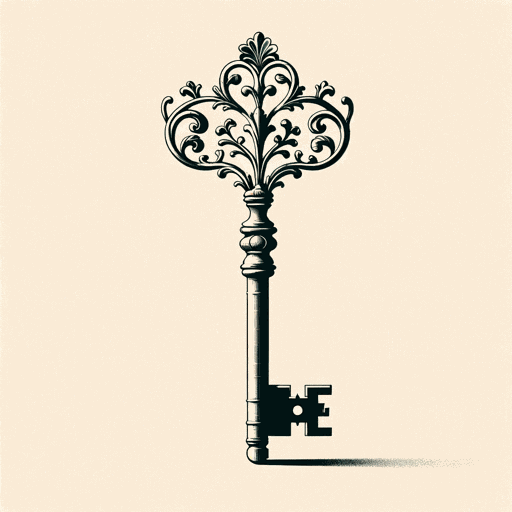
Arden of Faversham
Anonymous

A Woman in Berlin
Anonymous

Bible: New Testament: English Standard Version
Anonymous
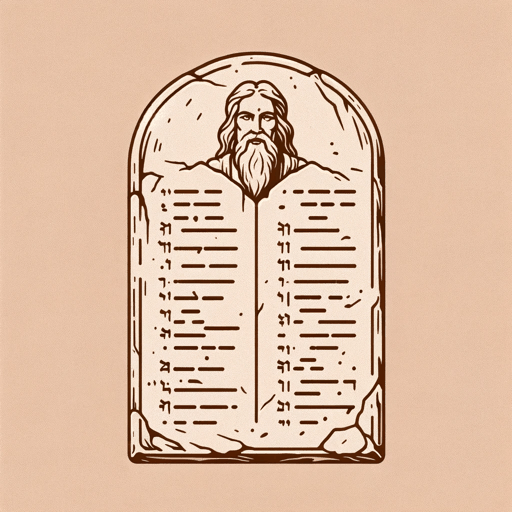
Bible: Old Testament: English Standard Version
Anonymous

Deuteronomy
Anonymous

Diary of an Oxygen Thief
Anonymous
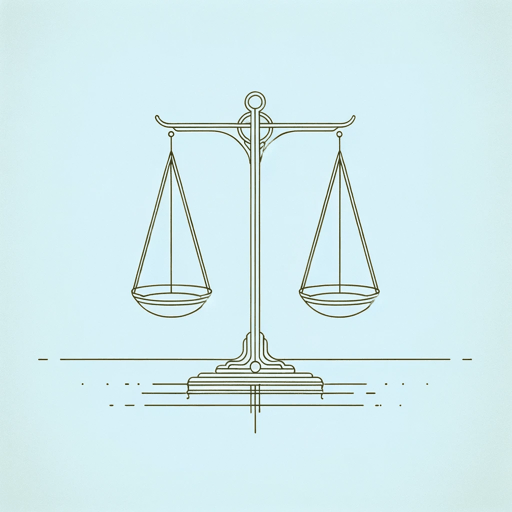
Everyman
Anonymous

Hebrew Bible
Anonymous

Holy Bible
Anonymous

Homeric Hymns
Anonymous
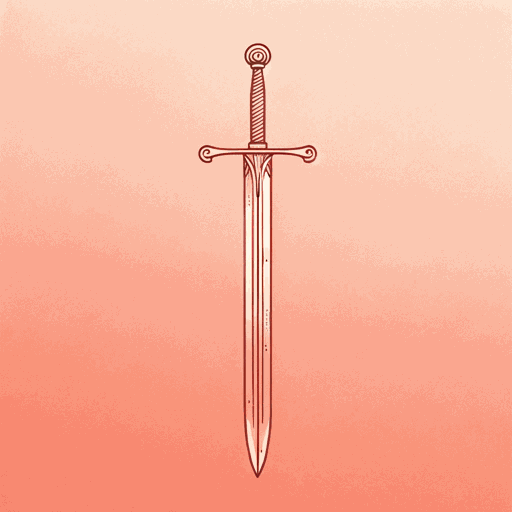
Judith
Anonymous

Laxdaela Saga
Anonymous
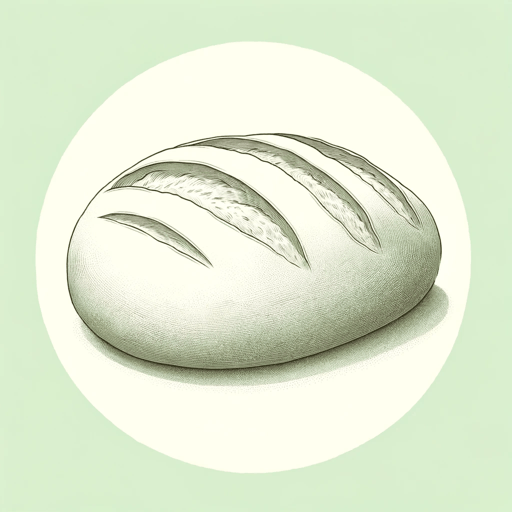
Lazarillo De Tormes
Anonymous

Mahabharata
Anonymous
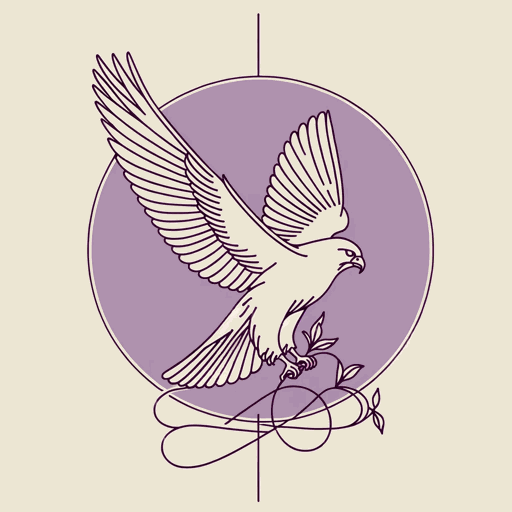
Nibelungenlied
Anonymous

Njals Saga
Anonymous

One Thousand and One Nights
Anonymous

Popol Vuh
Anonymous
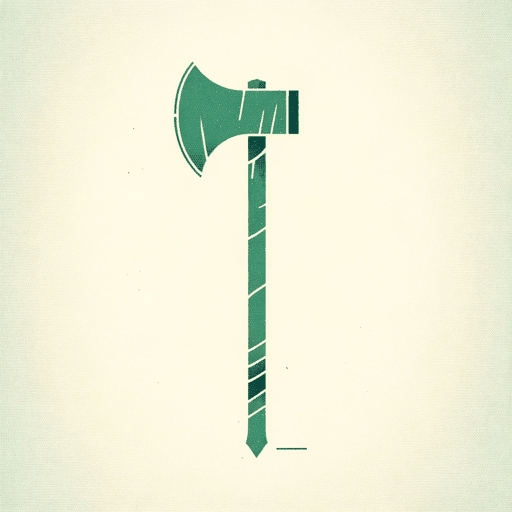
Sir Gawain and the Green Knight
Anonymous

